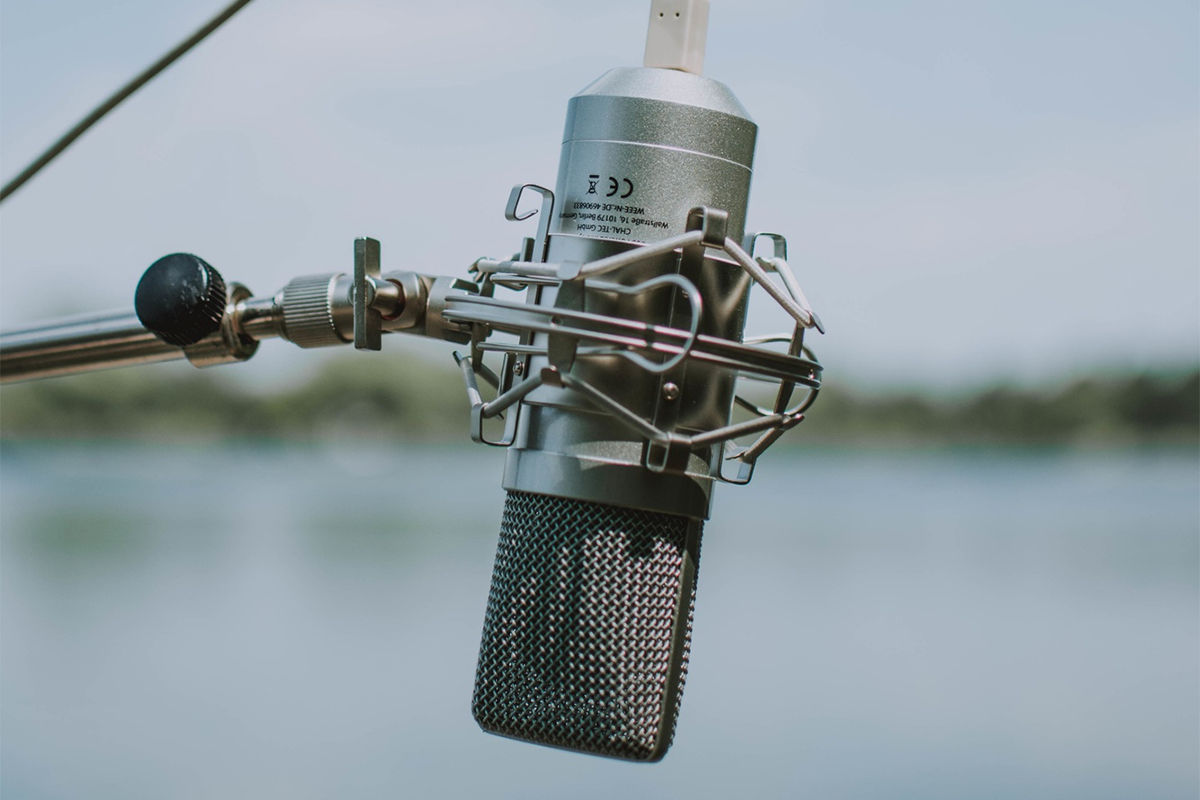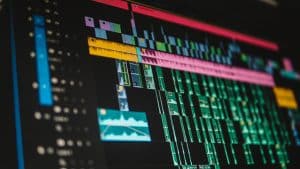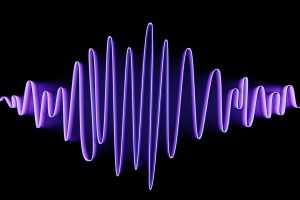Need a new filmmaking microphone? Or just want to know about the different microphone patterns? Here’s a guide to 6 essential pickup patterns every audiophile and filmmaker should know.
Audio plays a crucial role in the filmmaking process. While the visuals can captivate audiences, audio should always be treated as a high priority for any director or producer. Audio that’s captured at a low standard can hinder the experience for audiences. Ensuring you have the correct microphone for your desired effect will avoid any complications. Microphones aren’t one-size-fits-all pieces of equipment. Some have more directionality than others, so it’s always efficient to have an assortment of microphones for multiple scenarios.
Pickup Pattern Graph
Before diving into this list, when considering pickup patterns, each one will have a special graph which is a 2D representation of the pickup sensitivity. The top of the circle is 0 degrees which represents the area directly in front of the microphone. The sides are the left and right areas. The bottom, or the rear lobe, is the area directly behind the microphone.
Sensitivity is measured in decibels (dB), and each pickup pattern has its own unique shape. The shape represents where the microphone will pick up the signal optimally. The areas that aren’t covered will be areas of rejection.
Cardioid
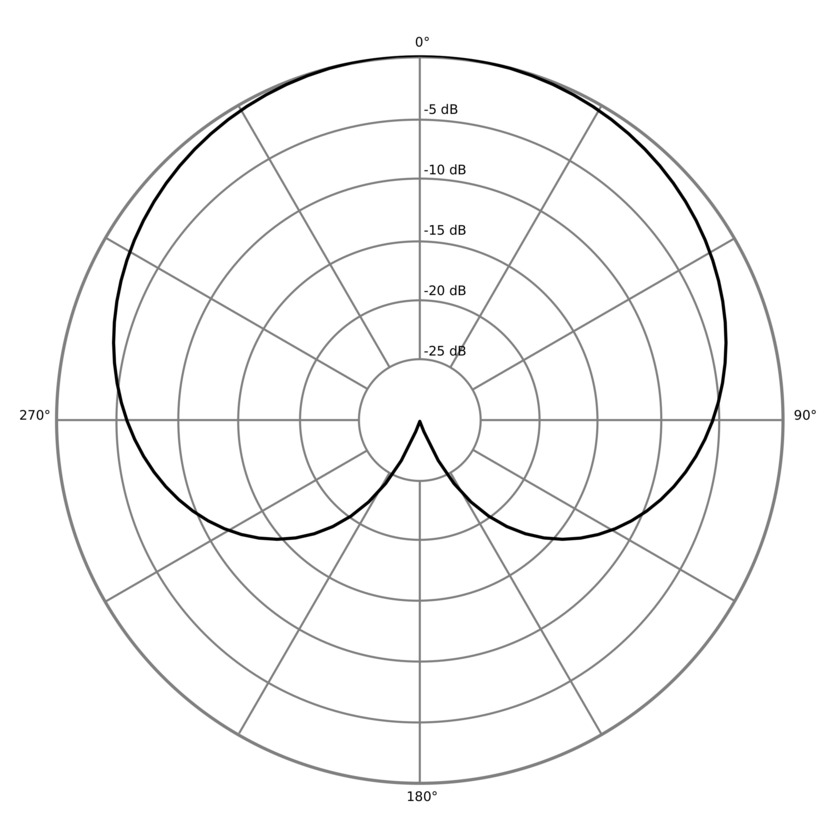
Starting off with a notable pattern is cardioid. A cardioid pickup pattern is one of the most popular microphones in the creative industry. Commonly used for documentary recordings, weddings, and other events, a cardioid microphone has a very flexible pickup pattern perfect for all-purpose use. It’s also heavily used for vocals in music production.
Its pickup pattern resembles the shape of a heart, hence the name “cardioid”, and it captures sound directly in front while rejecting sounds from the back.
The all-purpose nature of these microphones means they’re susceptible to picking up background noise if not in a controlled environment. There isn’t much directional precision within the pattern, so if you’re seeking high directionality, cardioid is not the best bet.
Cardioid Mic Recommendations
Supercardioid
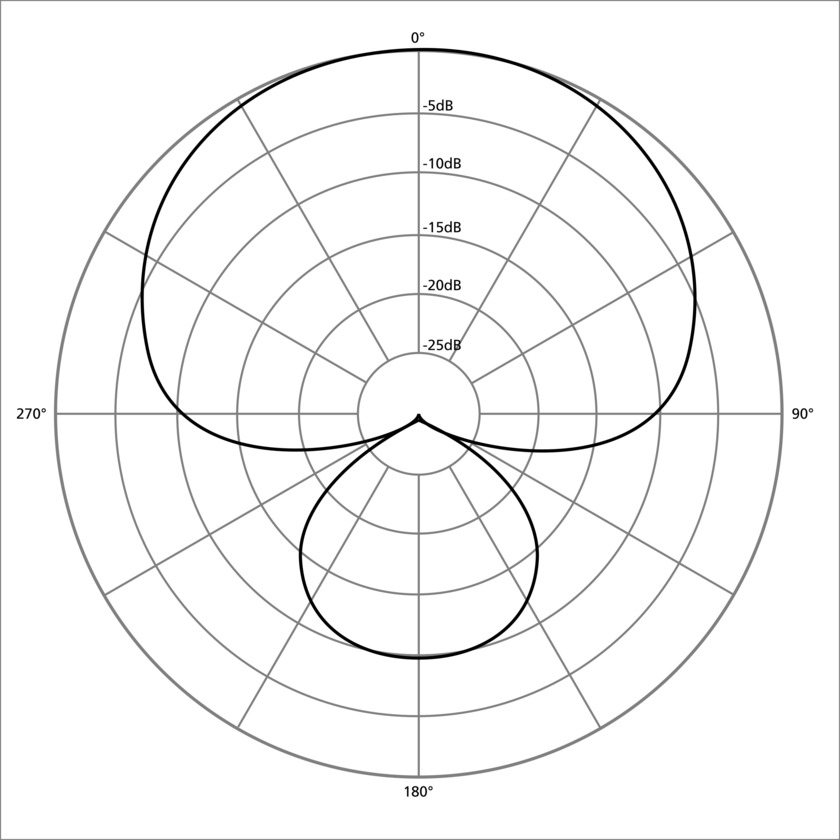
The cardioid pattern has a few variations, one of them being a supercardioid pattern. Commonly used for capturing on-set dialogue and reality TV, supercardioids feature a tighter pickup pattern, resulting in more directionality and isolation of audio.
Supercardioid patterns are found commonly in shotgun microphones. These types of microphones are used on either boom poles or mounted on top of a camera to pick up dialogue and are a must for filmmakers of all levels. While it does have a much tighter angle, supercardioids are more prone to picking up sound behind the microphone. So make sure to keep quiet when recording!
Supercardioid Mic Recommendations
Hypercardioid
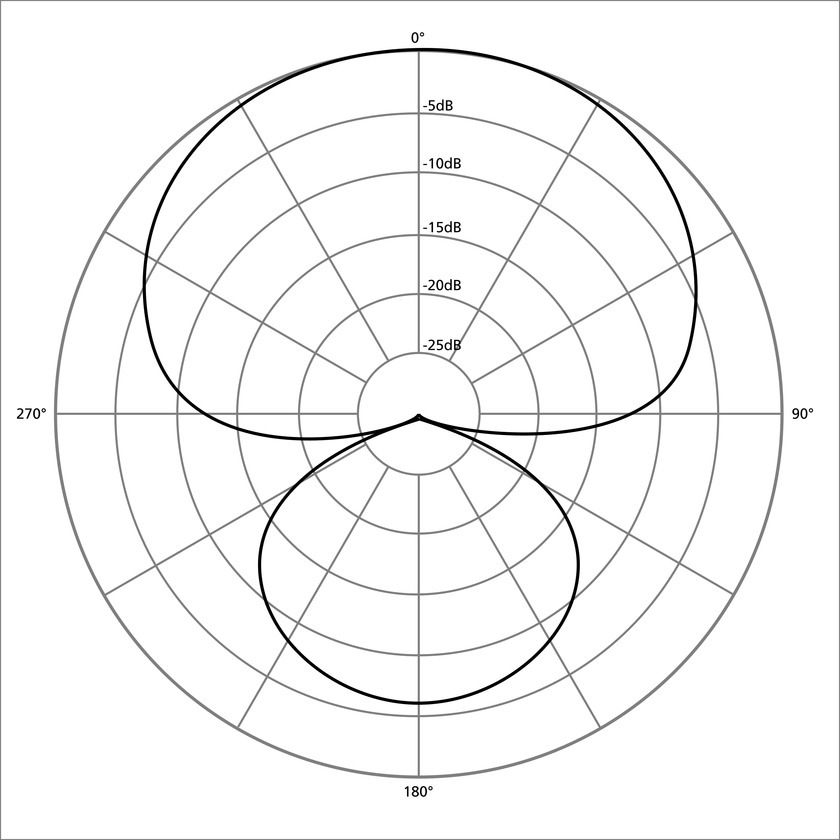
Very similar to supercardioid, hypercardioid is another type of pattern with a tight pickup area. This is also found in shotgun microphones as well as some lavalier microphones.
The main difference between hypercardioid and supercardioid microphones is the rear and side rejection. The rear lobe for hypercardioid microphones is slightly bigger than a supercardioid, meaning that it is more sensitive and can pick up sound from behind the mic.
Hypercardioids excel in close-micing situations, making them perfect for instrumental recording, and field recordings, and they work well in noisy locations. As with the supercardioid, noise coming from behind the microphone needs to be minimized. Furthermore, they are sensitive to plosives, so ensure you have a foam shield to alleviate this.
Hypercardioid Mic Recommendations
Omnidirectional
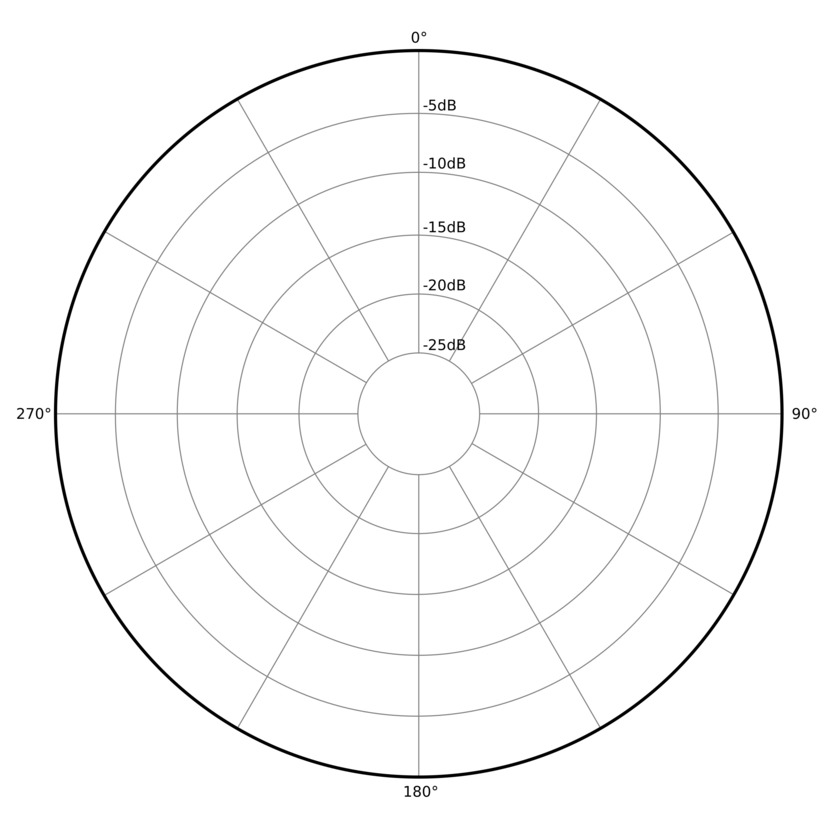
Most microphones will simply record what’s put directly in front of them, with some rejection from the back and sides. However, some filmmakers may need microphones where it can pick up sound from every direction. Enter the omnidirectional pickup pattern!
Omnidirectional microphones are perfect for recording ambience, or sound sources that cover a large area. These are also frequently found in lavalier mics, which are greatly used within the content-creating world as well as interview cases.
While having a 360 pick-up radius is certainly impressive, this ultimately means that any noise will be picked up fairly easily. Unlike the other patterns included in this list, an omnidirectional microphone has zero null areas, so these microphones are best used in controlled environments.
Omnidirectional Mic Recommendations
Lobar (Unidirectional)
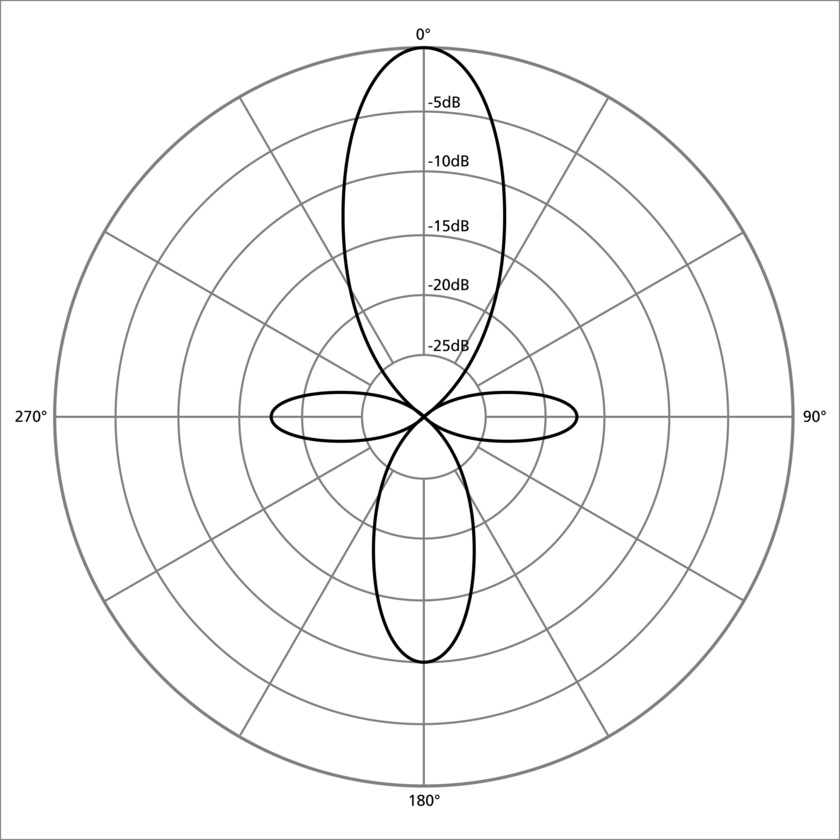
The Lobar, or unidirectional, microphone is a unique pickup pattern that has the most directionally out of all the microphones featured here. This extreme directionality can be hugely appealing to any filmmaker but you should know the difficulties it entails.
It’s a highly sensitive microphone, specifically when the sound source is directly in front of it. Due to its meticulous infrastructure found in the interference tube within the microphone, this acts as an acoustic maze.
When the lobar microphone is placed directly in front of the sound source at the right angle, the sound is picked up with no problem. If the microphone is placed at a slight angle from the audio source, the sound will not be picked up accurately. So ensure you have a skilled boom operator when using a lobar microphone!
Lobar Mic Reccomendations
Bidirectional (Figure 8)
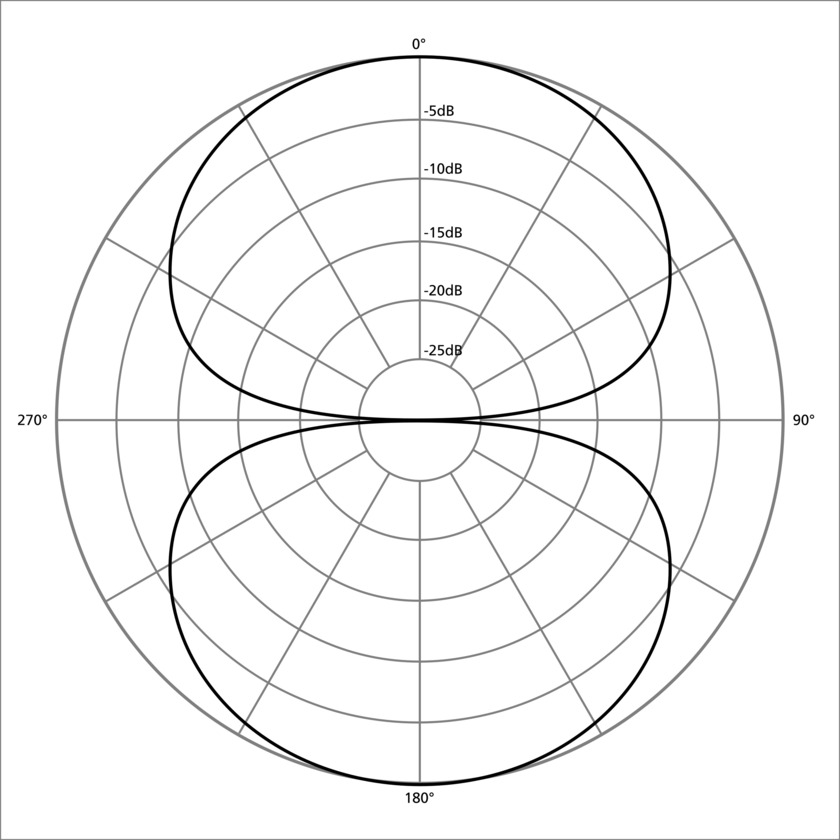
While all the microphones listed above will mostly have a less sensitive rear lobe, a bidirectional or a figure 8 pickup pattern is designed to capture sound from both the front and back. Having equal sensitivity on the opposite side of the microphone makes them great for recording in a podcast/interview setting. As two people would be facing each other when having a conversation, a bidirectional pattern provides a more natural positioning and avoids the need to have more than one microphone.
These aren’t much use on a film set as microphones in these settings will need a more precise directionality. A Figure 8 microphone has a much wider sensitivity so it can pick up unwanted noise. So these are best used in quieter environments in interview settings.
Bidirectional Mic Recommendations
Learn More
Below is a highly informative video that explains each of the microphone pickup patterns explained above — for those looking for visual and audible demonstrations.
Understanding how each one works can really help when capturing audio. Whether it’s capturing audio on set or in the studio, knowing your pickup patterns will make sourcing microphones a breeze.
Cover image via Freepik.
Looking for filmmaking tips and tricks? Check out our YouTube channel for tutorials like this . . .
